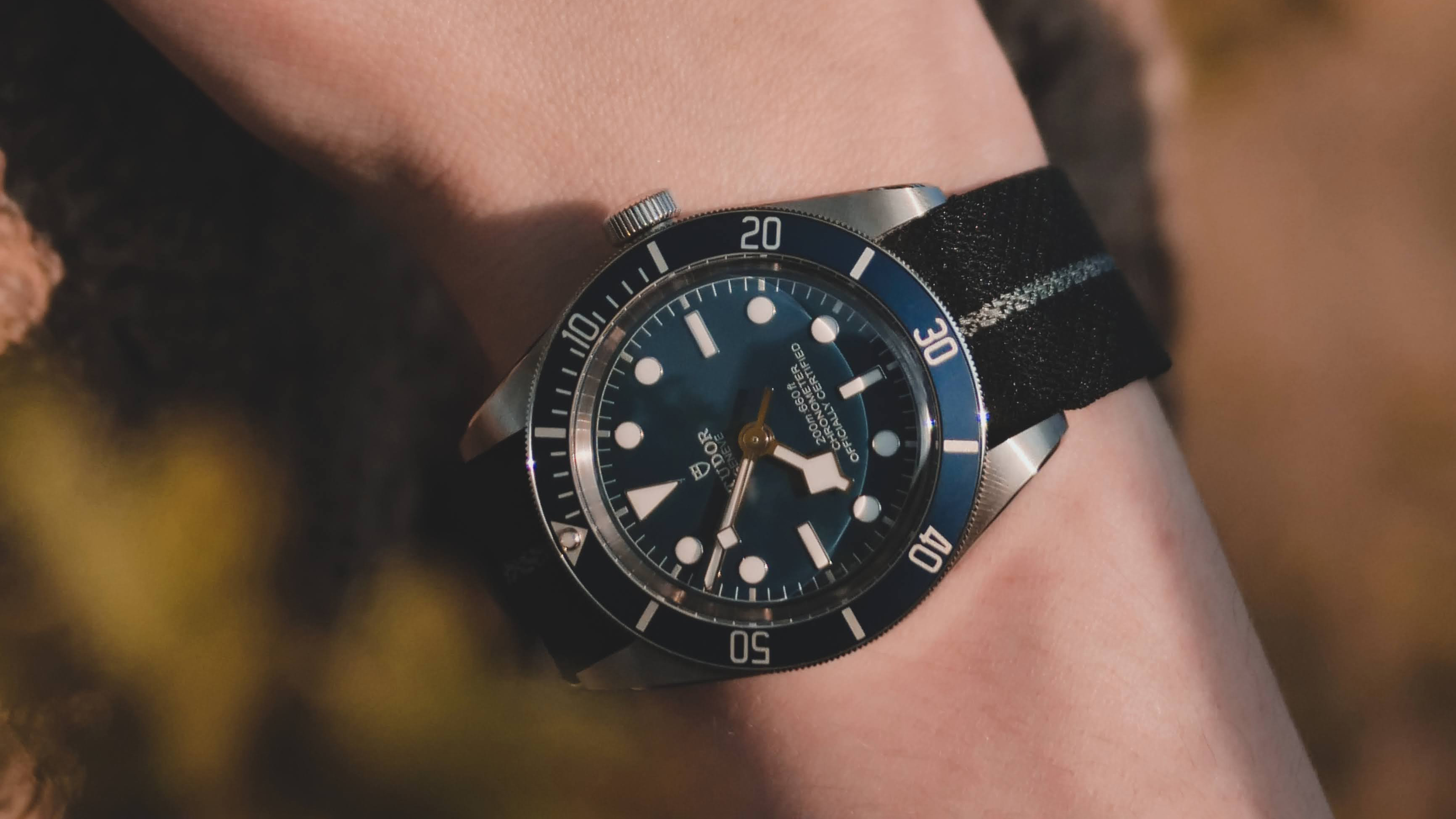

For years, I told myself I would one day own a Rolex. As a child I was fascinated by my uncle’s stainless steel Datejust, then briefly (and in hindsight, misguidedly) lusted over a blue, gold and steel Submariner as a teenager, before my desire settled on a Datejust 36 with blue dial and Oystersteel with white gold strap.
Now in my thirties, I could have taken the plunge by now. But instead a succession of mid-tier watches from the likes of Mondaine and Christopher Ward chipped away at my ‘proper’ watch fund, after which I briefly diverted to an Omega Speedmaster before settling on a Tudor Black Bay 58, navy on stainless steel.
My want for a Rolex remains, but the Datejust now doesn’t even rank on the podium of potential purchases. Instead, this is a lottery-win leaderboard dominated by Tudor and topped by the Black Bay Chrono with white face, black dials and stainless steel strap. The so-called panda, released in 2021.
Yes, it looks a lot like the Rolex Daytona 6263 of Paul Newman fame, and isn’t a million miles from a contemporary Daytona. But where those watches are utter Unobtainium – even for those with the cash to buy now, but haven’t yet formed a solid relationship with their local Rolex dealer – Tudors are luxury watches that can actually be bought, at retail price, within a year of launch. And, crucially, they aren’t as yawn-inducingly predictable as a Rolex.
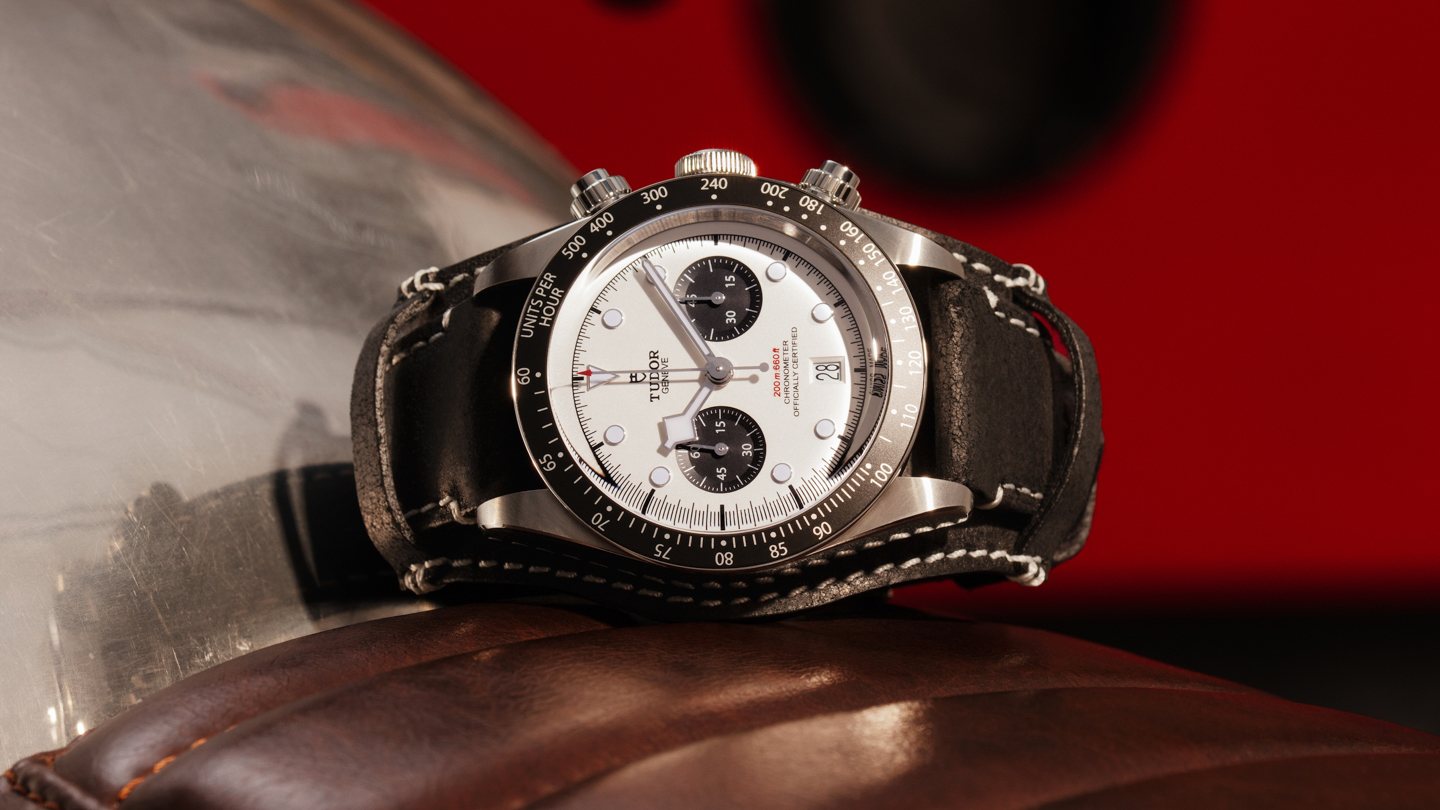
All too often, I see successful city workers with the uniform Rolex on their wrist and wish they had been more adventurous with their bonus. There’s still a joy in spotting a Rolex in the wild, just as there is glimpsing an inevitably red Ferrari on the high street. But where predictability takes away from most Rolex purchases, spotting a Tudor suggests the owner has put real thought into how their money is spent. It’s a considered purchase made by someone who wants something more affordable but, equally, more interesting than what everyone else has.
As I’m sure readers here will know, a well-chosen watch can be a great conversation starter. I was reminded of this recently at a wedding where, while chatting with a fellow guest I turned our conversation to watches by complimenting him on his Tudor Black Bay 58.
Identical to my own, which had been substituted that day for my Christopher Ward, his 58 was clearly a possession for which he had worked hard; a small piece of luxury that, while carrying a price tag greater than most would ever spend on a watch, is still relatively attainable for those who really want one. On the other hand, to strike up a conversation with a city worker about their Rolex would be akin to complimenting a Starbucks customer on their MacBook.
Sign up to the T3 newsletter for smarter living straight to your inbox
Get all the latest news, reviews, deals and buying guides on gorgeous tech, home and active products from the T3 experts
Further bolstering my love of Tudor is its backstory, which overlaps with Rolex but retains a narrative of its own. Tudor was founded in Geneva in 1926 by Hans Wilsdorf, who had established Rolex 21 years earlier. Always considered sister brands, and sometimes sharing components, the two have always maintained a separate identity.
Their use of waterproof cases and self-winding automatic movements saw Tudor appeal to the navies of several nations through the 60s, 70s and 80s, and most notably appearing on the wrists of the US Navy Seals and French Marine Nationale. At the same time, Tudor developed its own distinctive features, like the snowflake hands that were reintroduced when the company underwent a major brand relaunch in 2009.
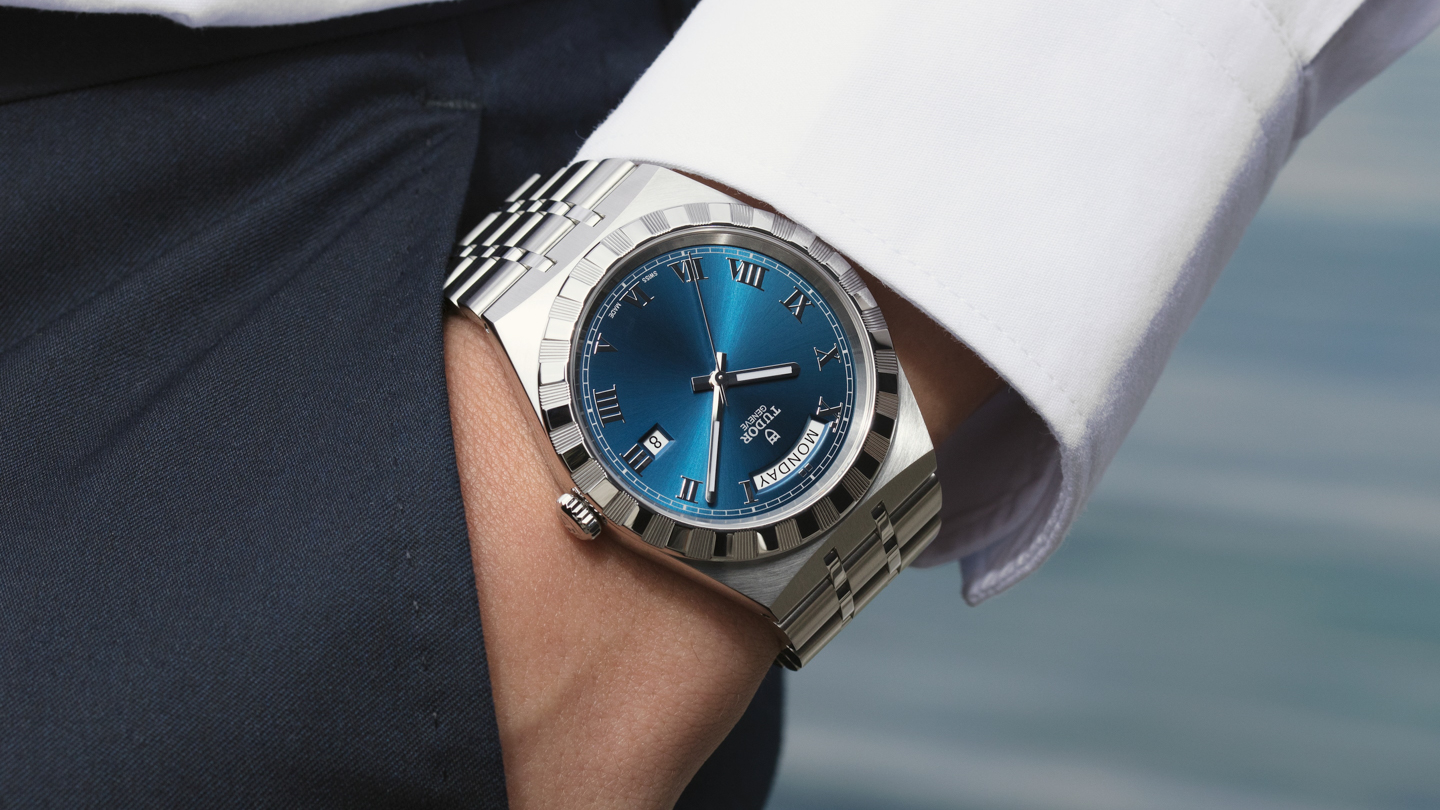
That gap, between the 80s and late-00s, was a quiet time for Tudor. But since the end of the last decade, the brand has resurfaced with a vengeance. In-house movements were developed, industry prizes were awarded, and big-hitting marketing campaigns included David Beckham and Lady Gaga, along with sponsorships and official timekeeping duties of blue-riband events like the 2019 Rugby World Cup.
Then there’s the utility of the products themselves. Tudor’s Black Bay 58 has been a smash hit since it arrived in 2018, with its subtle vintage detailing, sensible case sizes and range of straps and colourways. It’s not a Swatch-style smorgasbord of colour, but just the right variation to keep things interesting while not deviating too far from the core design brief.
I love how the black and navy 58s can each be bought with three very different straps and suit all of them equally well, and how there’s a bronze model that will age with a unique patina. I recently swapped out the stainless steel strap of my navy 58 for a blue NATO strap with a central white line. Worn on a boat in the Adriatic sea, it felt like a completely new watch.
None of this is groundbreaking, but it creates a product catalogue that is broad enough to appeal to most tastes, while not bombarding buyers with hundreds of permutations. It is a brand that perfectly balances luxury with accessibility.
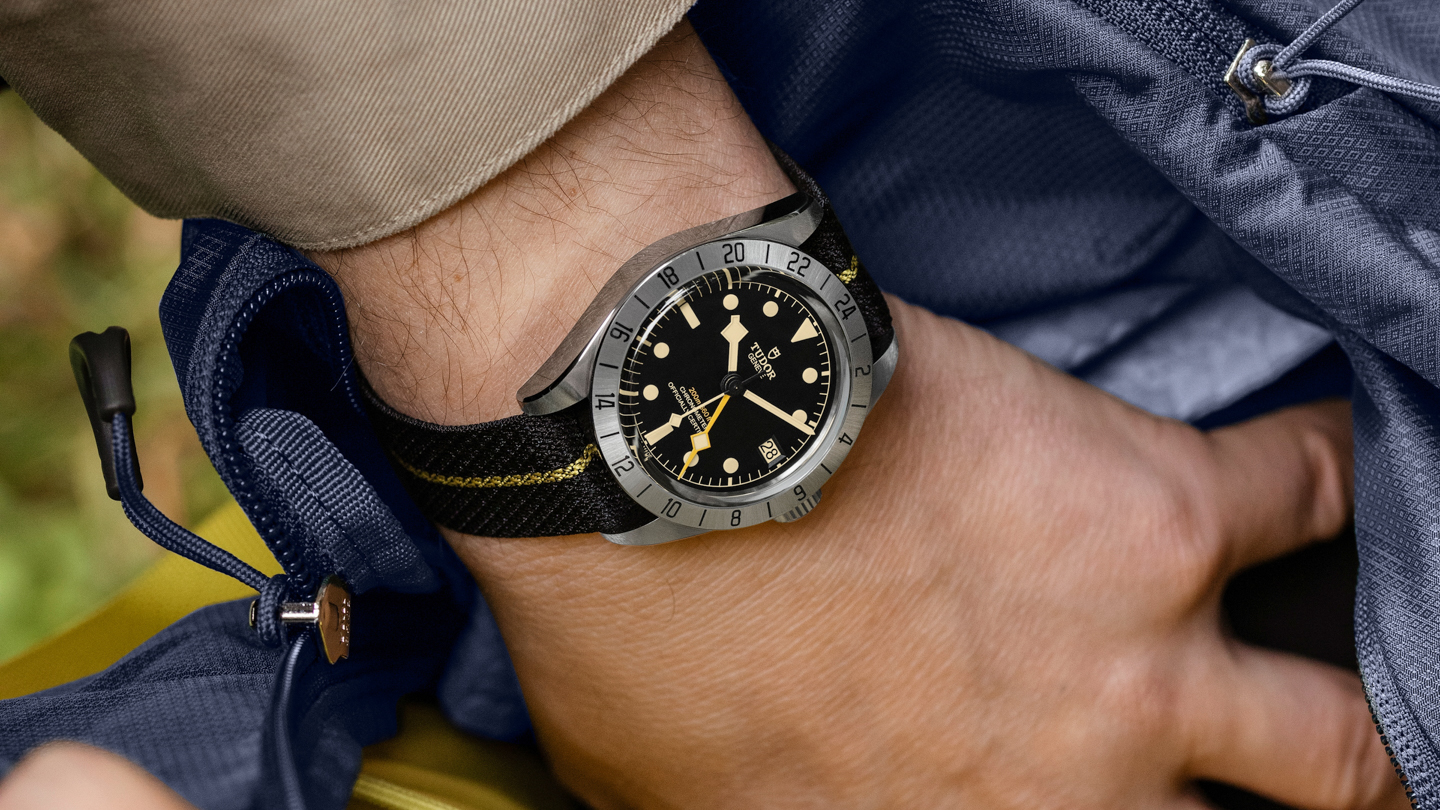
This is important, as I fear some watch manufacturers are starting to confuse luxury with exclusivity. Luxuries should be things almost everyone can indulge in from time to time, whether it’s spending an extra £2 on a Friday evening bottle of wine, paying to access an airport lounge, or finally buying the Swiss watch you always dreamed of.
Buying luxury items is to gain membership to a club of fellow owners. But where the clubs of Rolex, Patek and others are difficult to enter regardless of your bank balance, Tudor’s door is open. You might have to register your interest with Goldsmiths and wait a few months, as I did. But eventually, it’ll be your turn to pick up the watch, at its regular retail price, and enjoy it.
It is unlikely to appreciate like a rarified Rolex, but that simply means you can wear it daily without fear, just as I'm sure Tudor intended.
This article is part of The T3 Edit, a collaboration between T3 and Wallpaper* which explores the very best blends of design, craft, and technology. Wallpaper* magazine is the world’s leading authority on contemporary design and The T3 Edit is your essential guide to what’s new and what’s next.
Alistair is a freelance automotive and technology journalist. He has bylines on esteemed sites such as the BBC, Forbes, TechRadar, and of best of all, T3, where he covers topics ranging from classic cars and men's lifestyle, to smart home technology, phones, electric cars, autonomy, Swiss watches, and much more besides. He is an experienced journalist, writing news, features, interviews and product reviews. If that didn't make him busy enough, he is also the co-host of the AutoChat podcast.
-
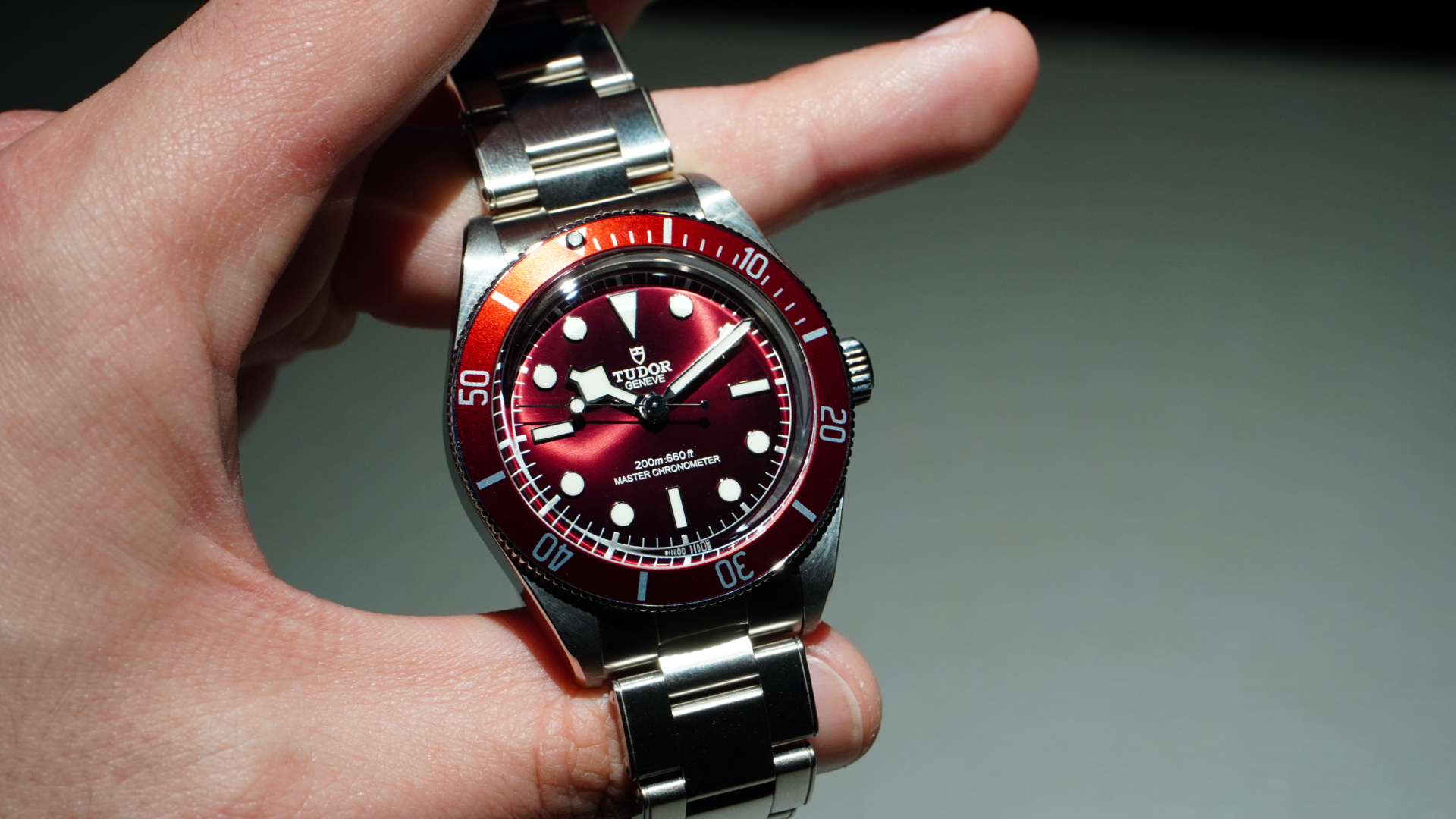 I tested every new Tudor at Watches and Wonders – my favourite caught me by surprise
I tested every new Tudor at Watches and Wonders – my favourite caught me by surpriseThe Rolex sister brand had a lot to offer
By Sam Cross Published
-
 Warning: Ciele’s refreshed Elite Collection may cause excessive garment envy on race day
Warning: Ciele’s refreshed Elite Collection may cause excessive garment envy on race dayFlex on your run crew with Ciele’s latest drop
By Matt Kollat Published
